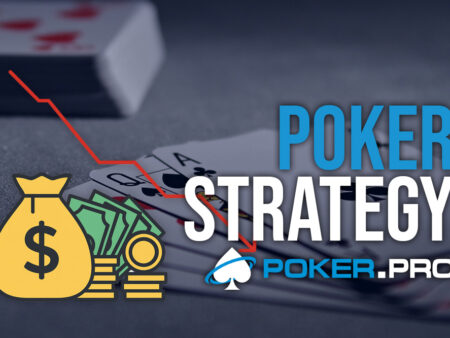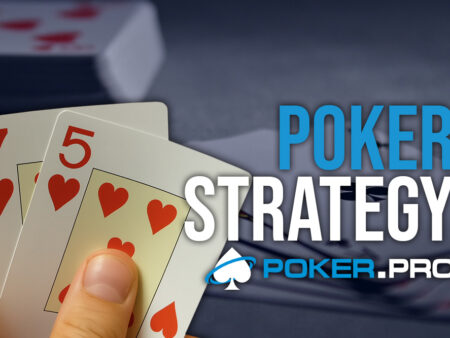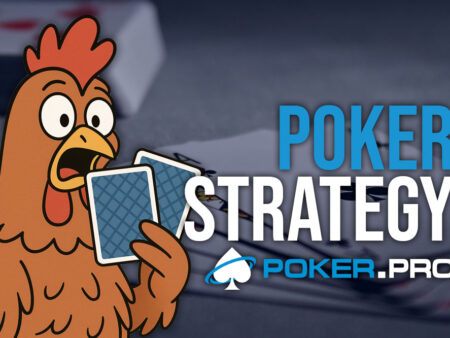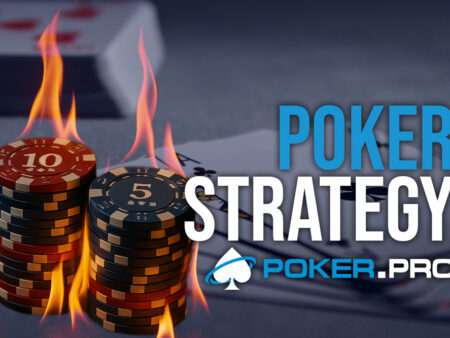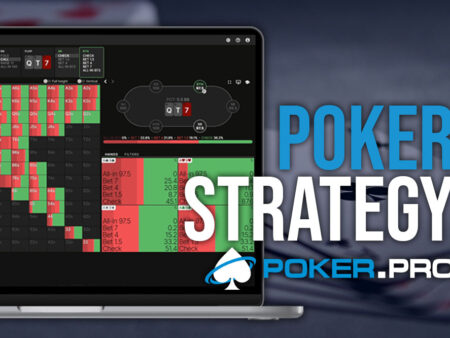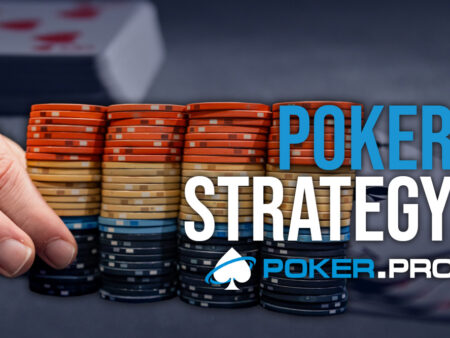When we play tournaments or cash games, we often find ourselves in situations where we are deep-stacked; if we haven’t studied how to play in these …
How Should You Adjust to Deepstack Poker
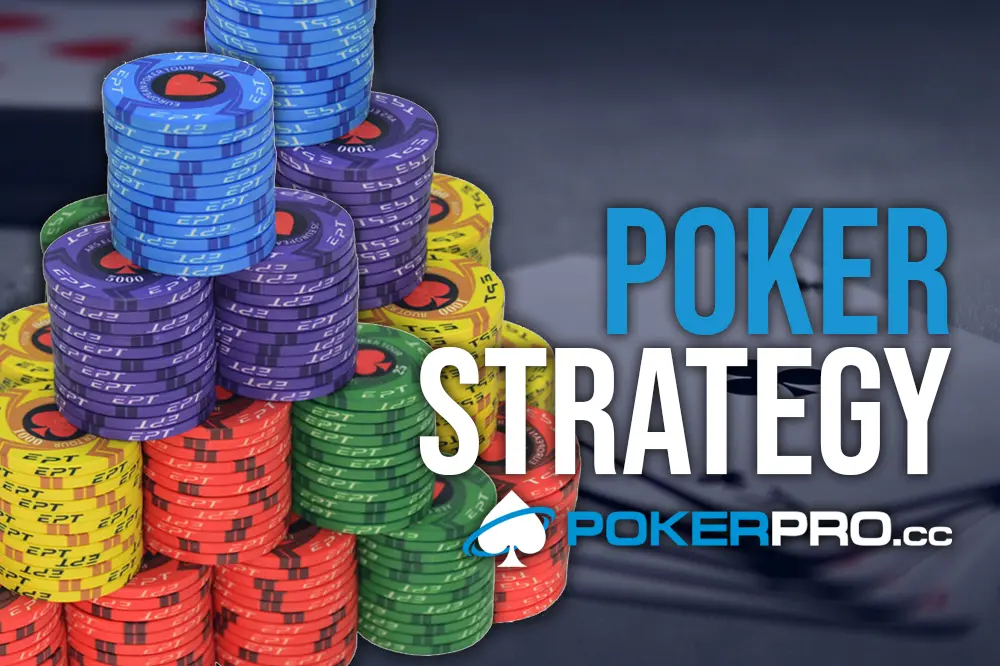
When we play tournaments or cash games, we often find ourselves in situations where we are deep-stacked; if we haven’t studied how to play in these situations, we will make more mistakes. Keep reading this article to find out how to fix those mistakes now.
One of the more critical things to know about Deepstack poker is that it increases the player’s advantage in position. The graph shows that the deeper we are, the more the EV of the player in the position increases. Still, if we reach a bigger stack, that edge stops growing significantly because the amount of pressure we can put on the opponent decreases (we can only put 300bb in a small number of pots).
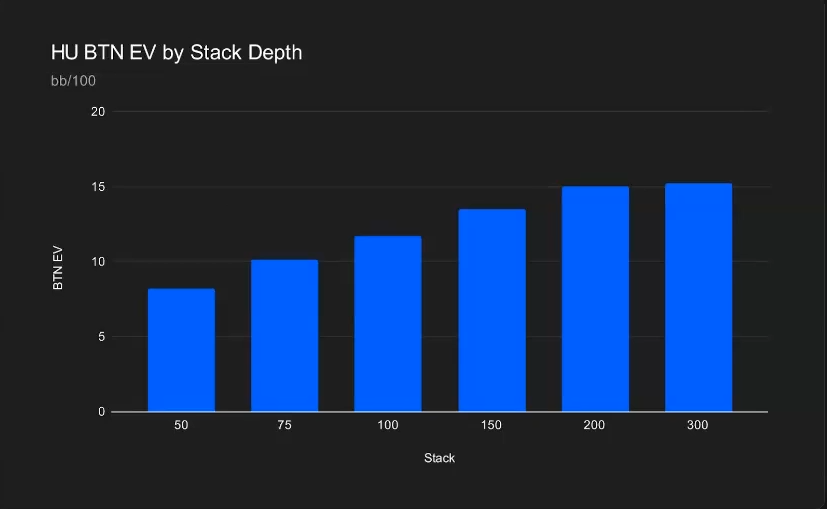
The positional advantage is related to opening wider from later positions than when we have a normal stack.
Also, the edge we have increased with the stack size, so a player with an edge at 100bb will have a more significant edge at 200bb if he knows the rules of playing deepstack.
Likewise, our edge over the opponent decreases when we play short stack. If you want to know more about how to play short stack, check our article here.
Adjustments when playing deep stack
Preflop
- Opening wider from late positions (BUT about 5%, CO about 2% wider)
- Significant increase in 4bet sizing
- Smaller 3bet sizing
- Big Blind fewer folds and raises vs. cbet, more calls (trying to catch nutted hands)
- Playing multiple Draw hands
- Playing less medium Ax and Kx hands
Postflop
- Playing nutted hands becomes more important
- The advantage in position increases
- Implied odds are increasing
- Increasing Reversed implied odds
- Higher bet sizing
- The relative strength of the hands changes (compared to 100bb)
The following pictures show the differences between 50bb and 200bb in the Big Blind vs. Cbet strategy.
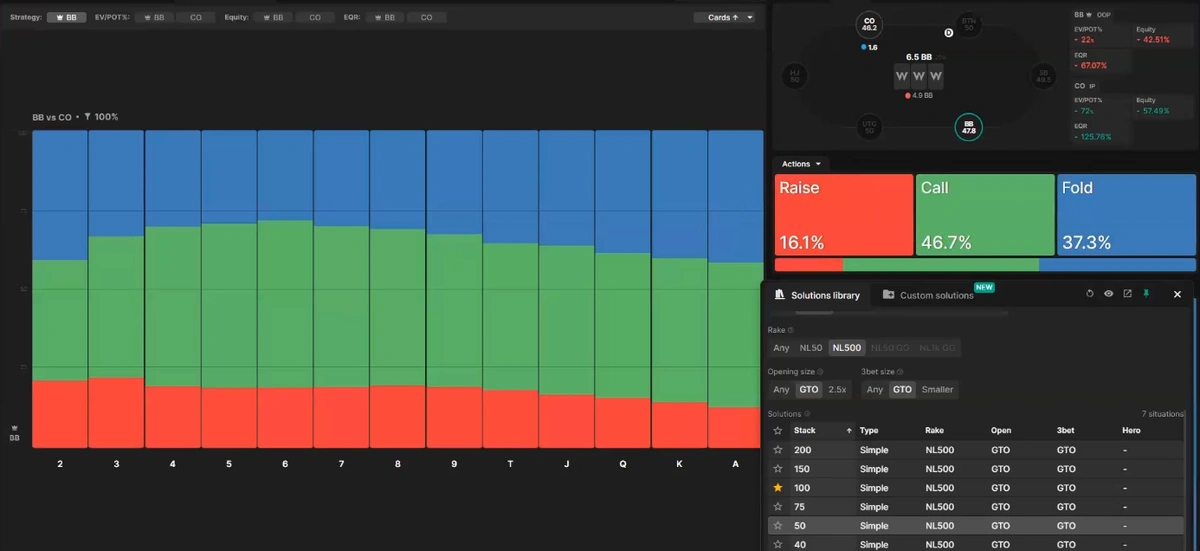
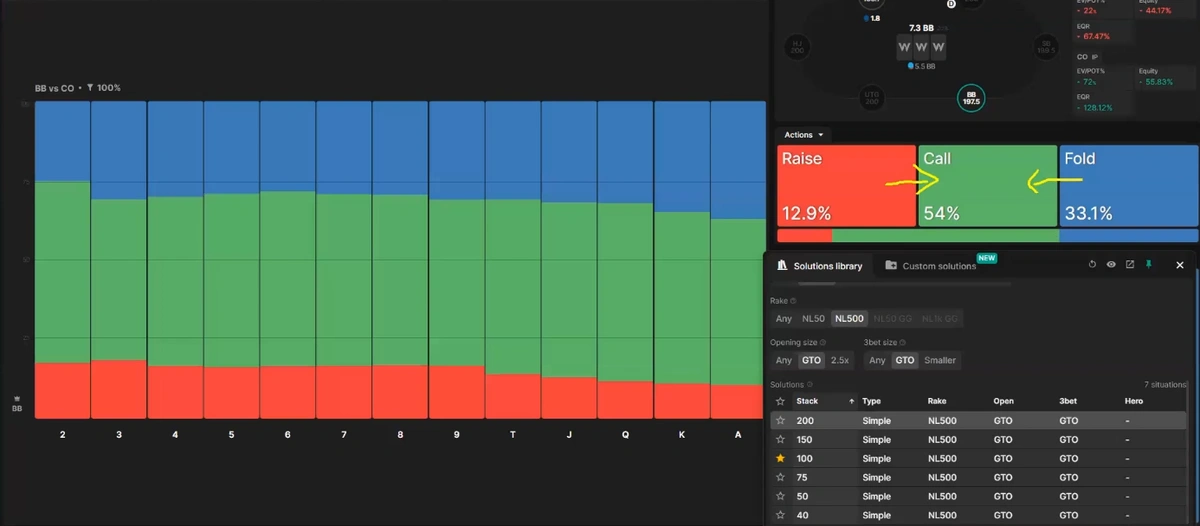
The most critical skill in deep stack poker is knowing which hands to stack off with, meaning when to push All-in.
For this reason, hands that have a chance of becoming nuts should increase the pot.
If that sounded a bit too advanced for you while you’re still building your pokere knowledge, check out The art of poker fundamentals article here.


